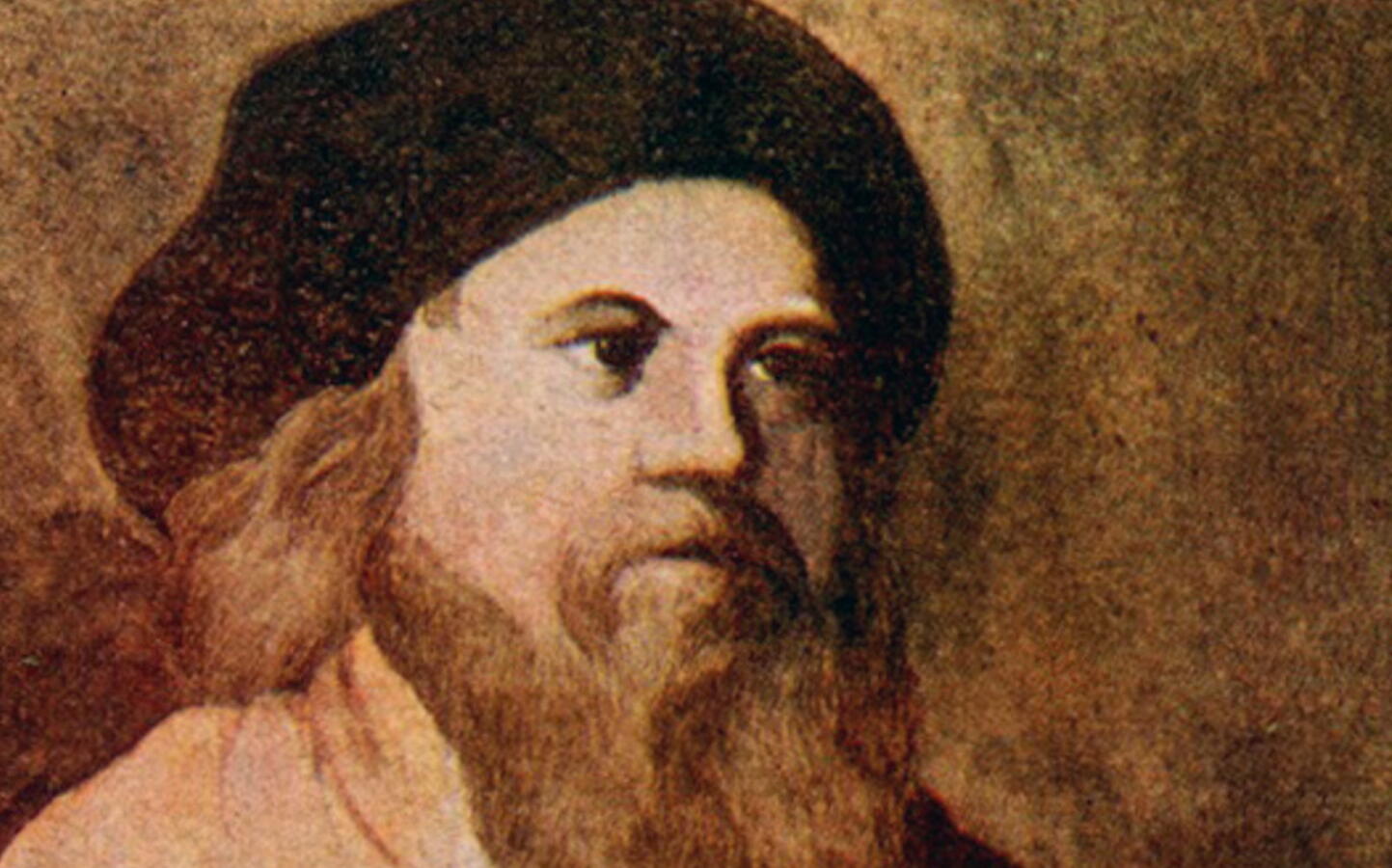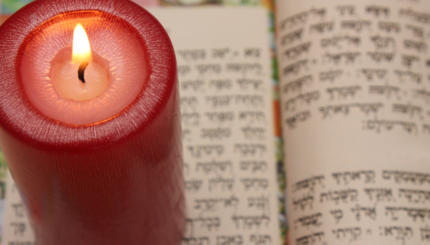The Baal Shem Tov is an 18th century Ukrainian rabbi credited with founding the Hasidic movement. Born Israel ben Eliezer around the year 1700 in western Ukraine, his name literally means “Master of the Good Name” and is often abbreviated as Besht.
Much of what is known about the Baal Shem Tov’s life is related in stories passed down by his followers, the historical veracity of which is not firmly established. The difficulty is compounded by the rich collection of legends about his miraculous abilities in healing and divination, which occupy an exalted place in Hasidic lore. The Baal Shem Tov was reputed to possess deep insight into human nature, have visions in which prophets appeared to him with messages, and be able to ascend to heaven to commune with the spiritual realm. He also gained a reputation as a skilled healer, which earned him the title baal shem, “master of the (divine) name,” a term then used to refer to anyone endowed with curative powers.
The Besht’s parents are said to have been poor and he was orphaned as a young child. His father’s parting words to him were to love every Jew, which became the animating feature of his life and teaching. Many of the best-known aphorisms attributed to the Baal Shem Tov concern love of one’s fellow Jew. Among them: When one loves a fellow Jew, he loves the Jew’s inner essence, and thereby loves God.” And: “The three loves – the love of God, love of Torah, and the love of one’s fellow – are indeed truly one.”
Known for his sensitive nature, he worked for a time as a caretaker of children and was reputed to spend long stretches alone in the woods, which is where he may have learned the medicinal properties of plants, knowledge that helped to burnish his reputation as a healer capable of effecting miraculous cures. The Baal Shem Tov would accompany children to school while telling them stories and praying with them, and his love for them would become part of his legend. “If only we could kiss a Torah scroll with the same love that my master kissed the children when he took them to school as a teacher’s assistant,” said Dov Ber of Mezeritch, the Baal Shem Tov’s chief disciple.
With your help, My Jewish Learning can provide endless opportunities for learning, connection and discovery.
After marrying for the second time (his first wife died shortly after they wed), the Besht moved to a small village in the Carpathian mountains. The couple supported themselves by mining lime, which they would sell in nearby villages. But most of these years were spent in prayer and meditation. Eventually he settled in Medzhybizh, in what is today western Ukraine, where he began to develop a following as a spiritual leader.
The Baal Shem Tov left no written works, and the disciples who flocked to him in Medzhybizh became the chief conduits through which his teachings would spread throughout Eastern Europe. Among them was Dov Ber, also known as the Maggid of Mezeritch, who succeeded the Baal Shem Tov as the leader of the Hasidic movement, and Jacob Joseph of Polonne, author of the first published Hasidic work, Toldos Yaakov Yosef, which became one of the foremost sources of teachings from the Baal Shem Tov.
Many of the Baal Shem Tov’s teachings were rooted in Jewish mysticism. Unlike the leading Jewish scholars of the day, who viewed Torah study as the highest religious act, the Baal Shem Tov stressed the importance of prayer as a means of achieving d’vekut, or cleaving to God. He also emphasized the centrality of joy in the service of God. The Baal Shem Tov believed that every act, including the most mundane, could be a vehicle for holiness, and he taught that the pure-hearted service of even the most simple and uneducated Jew could rival those of the most learned. All these ideas would become distinguishing features of Hasidic life until the present day.
The Baal Shem Tov died on the holiday of Shavuot in 1760. After his death, leadership of the nascent Hasidic movement briefly transferred to his son, Tzvi Hersh, who stepped down after a year in favor of Dov Ber. Under Dov Ber’s leadership, the Hasidic movement would expand into numerous sects across Eastern Europe. Though they differ in many respects, all Hasidic groups today venerate the Baal Shem Tov and look to him as the prototype of the Hasidic rebbe.
Hasidic
Pronounced: khah-SID-ik, Origin: Hebrew, a stream within ultra-Orthodox Judaism that grew out of an 18th-century mystical revival movement.
Torah
Pronunced: TORE-uh, Origin: Hebrew, the Five Books of Moses.



